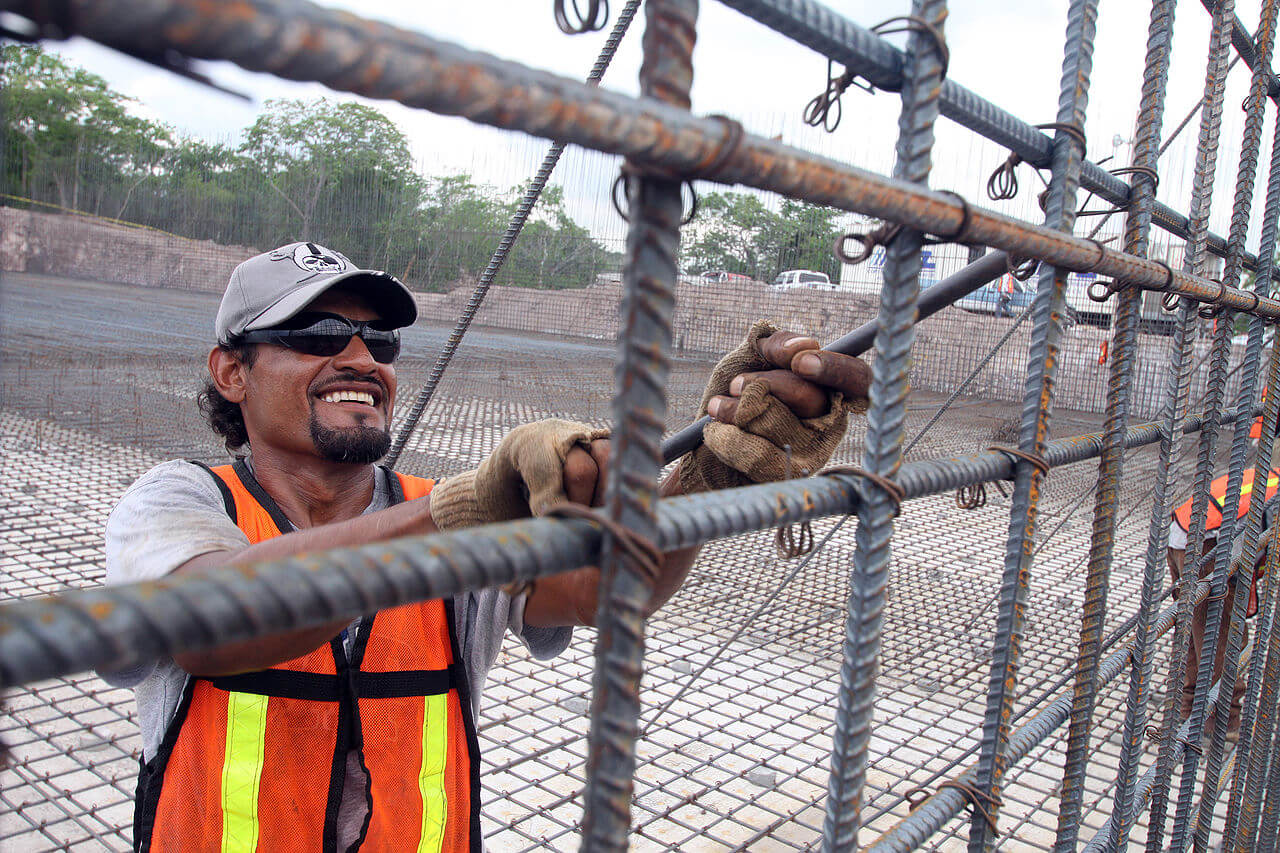In 1980 the earning gap within the population of the Greater Toronto Area (GTA) was nowhere as visible in terms of ethnicity as today. Over the decades, income has become increasingly “racialized,” showing clear disadvantages for immigrants and members of visible minorities, according to a new report from the United Way Greater Toronto.
For every dollar a white person in Toronto earns, a racialized person in the same city earns 52.1 cents, says the report.
The study describes racialized people using Statistics Canada’s definition of visible minorities: “persons, other than Aboriginal peoples, who are non-Caucasian in race or non-white in colour:” including the following groups: South Asian, Chinese, Black, Filipino, Latin American, Arab, Southeast Asian, West Asian, Korean, and Japanese.
Titled “Rebalancing the Opportunity Equation,” the study states that “It doesn’t matter how long you have been in Canada; the fact that you weren’t born here means that you are earning less.”
Using data from the Toronto Statistics Canada Research Data Centre and the Census of Canada, the 152-page research paper demonstrates that a longstanding immigrant in 2015 “is making the same income—or lower—than a Canadian-born person made in 1980.”
The average income of longstanding immigrants who have been in Canada for more than 20 years has not increased in 35 years, whereas the average income of the Canadian-born population has increased steadily over that time period.
“Toronto immigrants who have been in Canada for 10-19 years earned $43,100 in 1980 and only $40,200 in 2015,” the study states.

Immigrants living in Peel Region who have been in Canada for 10-19 years earned an average $48,800 in 1980 and only $40,400 in 2015. York Region immigrants fare barely better: those who have been in Canada for 10-19 years earned $56,000 in 1980 and only $45,500 in 2015.
In order to analyze how specific socio-demographic groups relate to income inequality, the study focuses on young adults, immigrants, and racialized groups, highlighting that immigrants have been in the bottom income bracket for the last 35 years.
“In all three regions (Toronto, Peel, York), regardless of employment type, the income gap between immigrants and the Canadian-born population grew from 1990 to 2015,” the report noted. “That gap is bigger for people in permanent, full-time jobs.”

“We know these trends are not new, and will continue to intensify as a result of increasingly blatant xenophobia and white supremacy through the Doug Ford government,” denounced Cat Chhina of the Ontario Coalition Against Poverty (OCAP), adding that, “Now is the time to rewrite the equation, by actively fighting back against the war on the poor, and systemic attacks on migrants and refugees.”
The study reveals that a lack of recognition for foreign-gained experience and credentials leads a “disproportionate” number of immigrants working in “low-wage, precarious jobs that are often below their education and experience levels.”
The research alerts that this precarious work can create and reproduce a “cycle” that limits the ability of many skilled and educated immigrants to move into higher paid work, which can result in long-term differences in life experiences for these groups.
“These trends mean that despite a growing economy, our region is wasting potential, with people not able to fully utilize their full range of skills and experience in the labour market,” the study says.
The report also analyzes the income of young adults from visible minorities, who are earning today much less than they did in 1980. The average income for young adults from visible minorities in Toronto in 2015 was lower than it was in 1980, and just below the national average ($42,300 in 1980, to $41,800 in 2015).
Similarly, incomes for racialized groups have not increased in 35 years, and the income-gap between racialized and white groups has increased, argues United Way. For every dollar a white person in Toronto, Peel or York earns, a racialized person in the three regions earns 52.1 cents, 69.2 cents, and 66 cents, respectively.
The report states that it is time to “rebalance the opportunity equation for the GTA by improving aspects of access to opportunity for everyone,” and provides 12 recommendations organized under three overarching goals: ensure everyone can participate in society; enable people to get ahead; make life more affordable.
“Young people, immigrants, racialized people, and women must work harder to achieve the income needed to thrive or even just survive,” affirms Daniele Zanotti, President of United Way Greater Toronto. “The situation is worse in the GTA than it is in the entire country,”
“The findings of this report show that the growth of income inequality is undermining the promise that ‘diversity is our strength,'” emphasizes Zanotti. “For a region to be great, it needs to be great for everyone.”
Access the United Way report executive summary here.
Isabel Inclan has worked as a journalist for more than 20 years, in both Mexico and Canada. She began working as a foreign correspondent in Canada in 1999 for Mexican media. She has been a New Canadian Media contributor since 2018. Her main areas of interest are politics, migration, women, community, and cultural issues. In 2015, Isabel was honoured as one of the “10 most influential Hispanic Canadians.” She is a graduate of Masters in Communication and Culture at TMU-York University. She is a member of CAJ and a member of the BEMC´s Advisory Committee.





